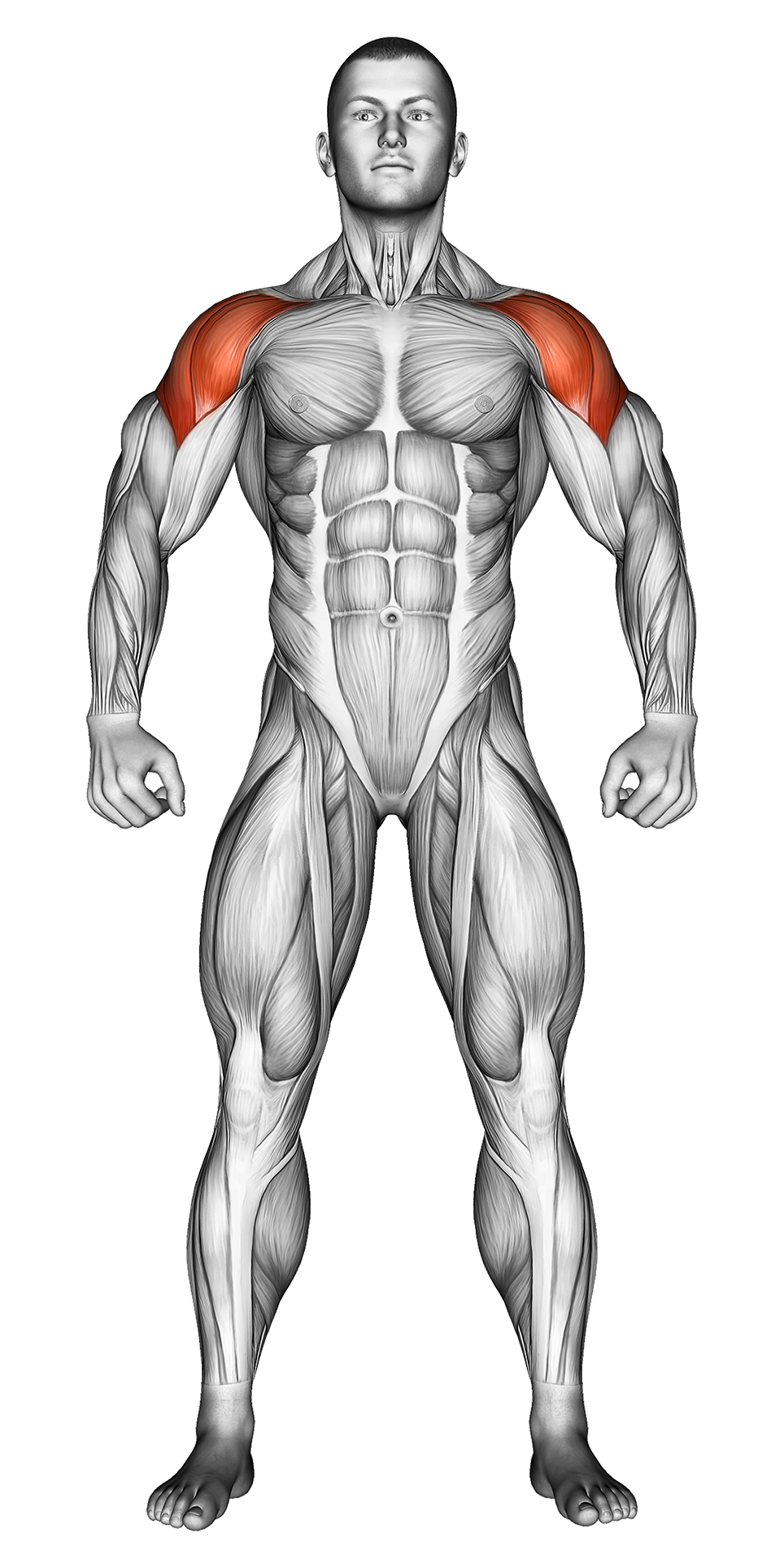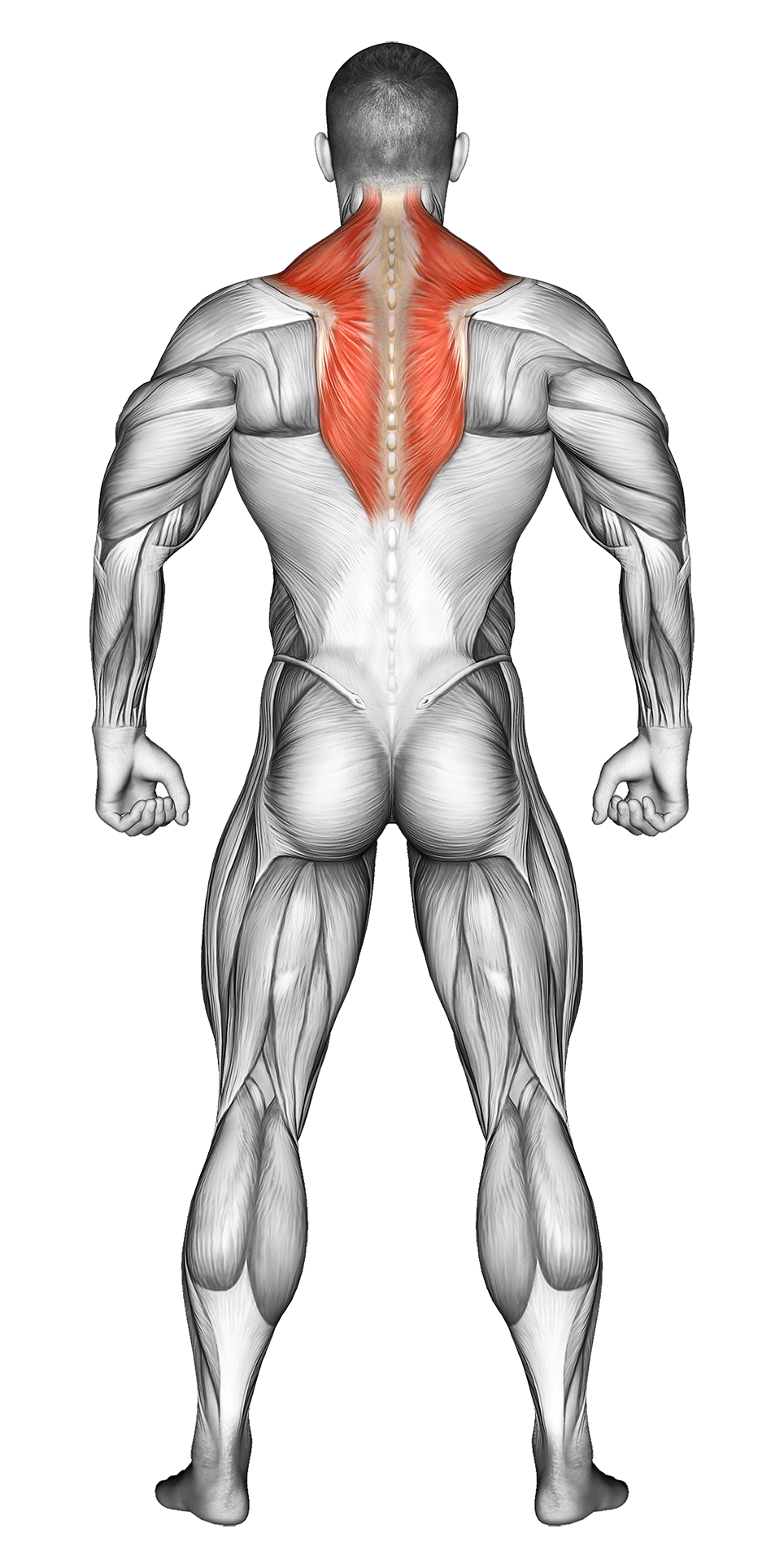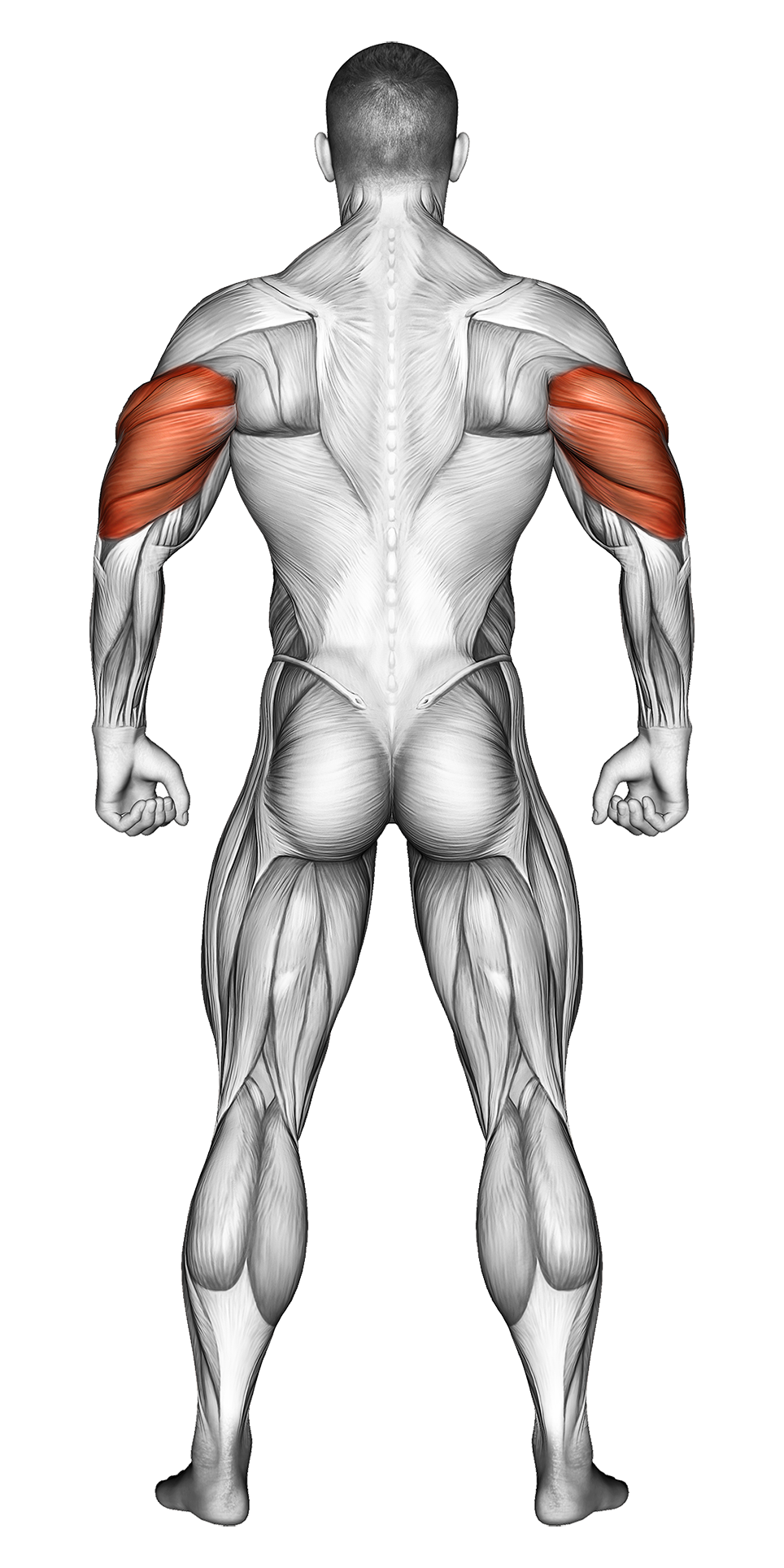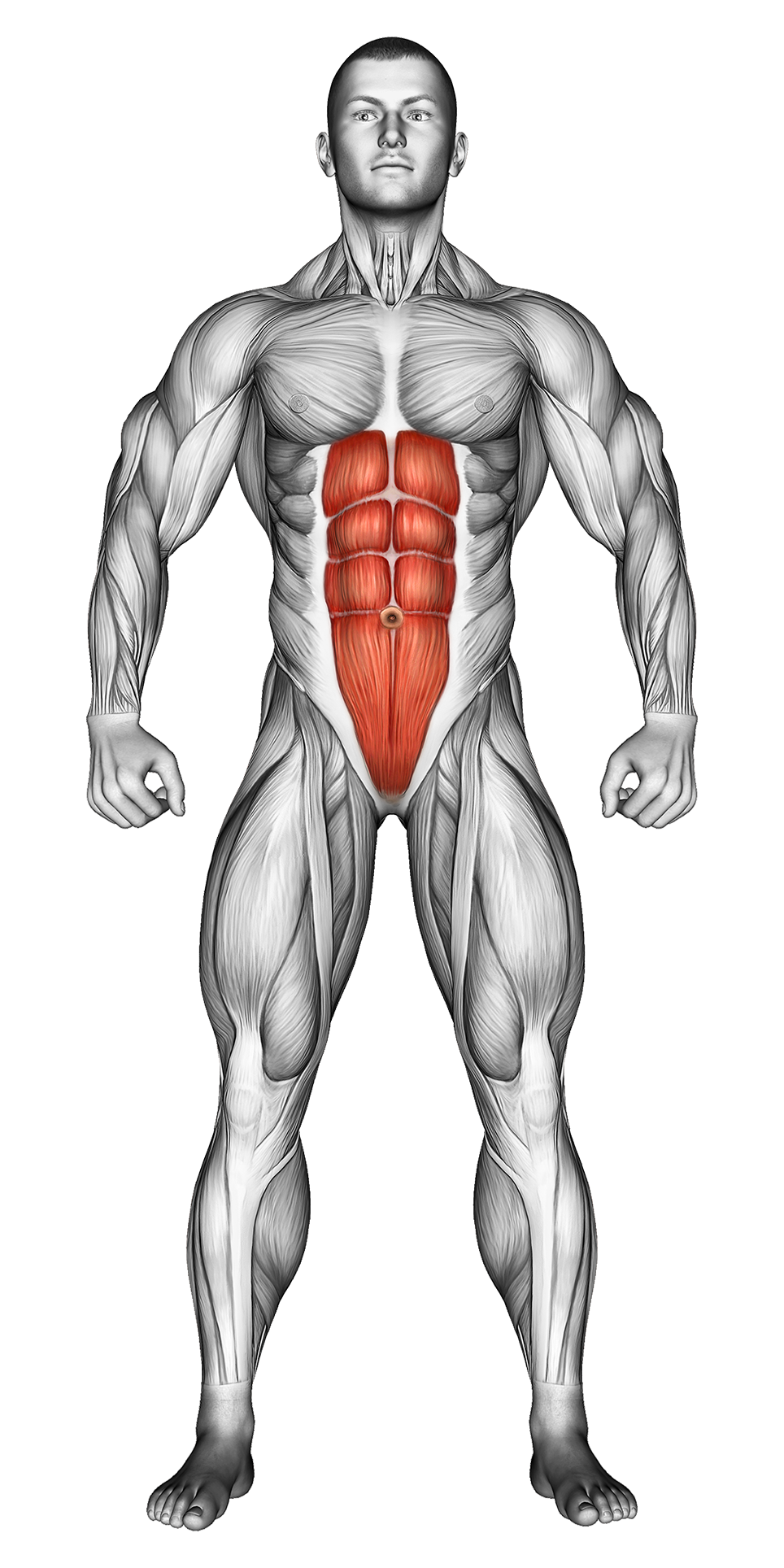Military Press (AKA Overhead Press): Video Tutorial & Exercise Guide
| Workout | Military Press (AKA Overhead Press) |
| Primary Muscle Group | Shoulders |
| Secondary Muscle Group | Chest, Triceps, Abs |
| Equipment Required | Barbell |
| Force Type | Push |
| Mechanics | Isolation |
| Exercise Type | Strength |
| Difficulty | Intermediate |
Military Press (AKA Overhead Press): Video Tutorial & Exercise Guide
How to do Military Press (Overhead Press) – Step-by-Step Guide
- Step 1: Stand with your feet shoulder-width apart and grab a barbell or pair of dumbbells with an overhand grip. Hold the weight at shoulder height, with your palms facing forward and elbows pointing slightly forward.
- Step 2: Engage your core and keep your back straight. Ensure that your head is in a neutral position with your chin slightly tucked.
- Step 3: Press the barbell or dumbbells overhead, fully extending your arms. As the barbell passes your head, slightly move your head back, then push it forward as the bar reaches the top.
- Step 4: At the top of the movement, your arms should be fully extended but not locked out. Pause briefly, keeping your core engaged.
- Step 5: Slowly lower the barbell or dumbbells back to shoulder height, maintaining control and keeping your body upright. Repeat for the desired number of reps.
Military Press (Overhead Press) Overview
The Military Press, also known as the Overhead Press, is a classic compound exercise that targets the shoulders, specifically the deltoid muscles. It also engages the triceps, upper chest, and core, making it a powerful upper body strength-builder. Whether using a barbell or dumbbells, the military press is an essential movement for developing shoulder strength and overall upper body stability.
This exercise is a staple in strength training programs due to its ability to build muscle mass and functional strength, especially in the shoulders and arms. It requires strict form, as there is no assistance from the lower body, making it a true test of upper body pressing strength.
Benefits of the Military Press
The Military Press primarily targets the deltoid muscles, helping to build strength and size in the shoulders. This exercise also engages the triceps, upper chest, and core, promoting overall upper body strength and stability.
The strict, vertical pressing motion helps improve overhead strength, making it a valuable exercise for athletes and anyone looking to enhance their pressing power. It also improves shoulder mobility and joint stability, reducing the risk of injury during other overhead movements.
Regularly incorporating the Military Press into your routine will help improve posture, strengthen your upper body, and develop functional strength that carries over to daily activities and sports.
Military Press: Pro Tips & Advanced Techniques
Keep your core tight and avoid arching your lower back during the press. Focus on driving the weight straight overhead, keeping your elbows slightly in front of your body for proper shoulder alignment. To increase intensity, slow down the lowering phase or add more weight. Ready to build shoulder strength? Let’s press!
Progression Plan for Military Press
| Level | Sets | Reps | Progression Tips |
|---|---|---|---|
| Beginner | 2 | 8-10 | Start with lighter weights to focus on mastering your form. Keep the movement controlled and avoid using momentum. Stand with your feet firmly planted and engage your core. |
| Intermediate | 3 | 10-12 | Increase the weight of the barbell or dumbbells as your shoulder strength improves. Focus on keeping your elbows slightly forward and pressing the weight overhead in a smooth, controlled motion. |
| Advanced | 4 | 12-15 | Use heavier weights and slow down the eccentric phase to increase time under tension. For an added challenge, try performing the military press while seated to eliminate any lower body assistance. |
Frequently Asked Questions (FAQs) of Military Press
What muscles do Military Presses target?
The Military Press primarily targets the shoulders (deltoids), but also engages the triceps, upper chest, and core for stability during the overhead pressing movement.
How is the Military Press different from the Push Press?
The Military Press is a strict overhead press with no assistance from the lower body, while the Push Press involves using your legs to generate momentum, making it easier to lift heavier weights overhead.
How can I make Military Presses more challenging?
To increase difficulty, use heavier weights or slow down the eccentric (lowering) phase. You can also try performing the exercise seated or with a pause at the bottom for added muscle tension.
How often should I include Military Presses in my routine?
Include this exercise 2-3 times per week as part of your shoulder or upper body workout. It pairs well with lateral raises and tricep exercises for a complete upper body routine.
What common mistakes should I avoid?
Avoid arching your lower back during the press, as this can put unnecessary strain on your spine. Keep your core engaged and focus on pressing the weight straight overhead with proper alignment.
Share



